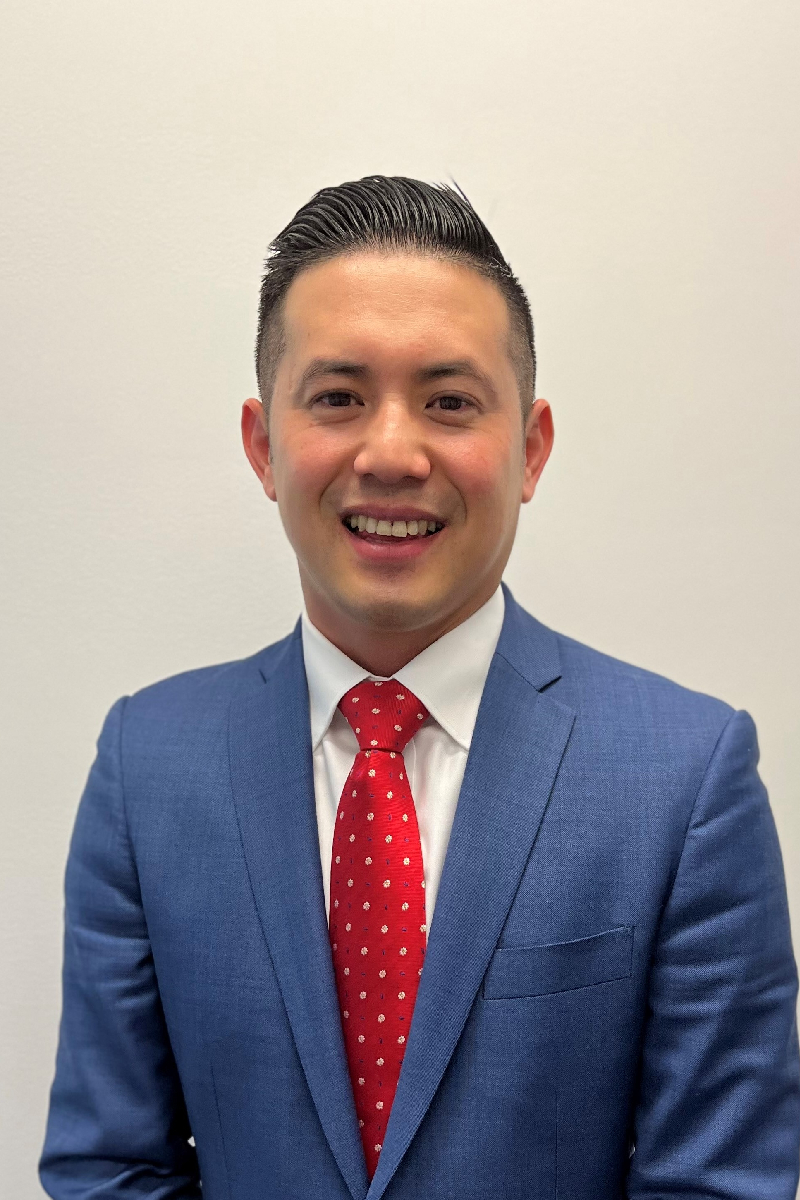Has fixed interest had its day in the sun?
From corporate bonds to government bonds, one of the safest places investors deposit their wealth is in fixed-income assets.
Playing an important role in portfolio diversity, fixed-interest investments provide investors with regular set returns over a specified period of time – making for an optimal investment during a global pandemic.
While COVID-19 changed how many typically invest, Citi Senior Client Executive Jeff Lee tells The CEO Magazine fixed-income assets have long been a popular choice for ultra high-net-worth (UHNW) clients.
"The golden rule of investing is to invest for the long-term and remain invested during times of market stress," Lee says. "There is always a place for fixed-income investments in any portfolio.
"Besides cash, UHNW investors allocate a portion of their portfolio to fixed income as it is more defensive and offers a stable inflow of income. They predominantly focus on blue chip companies with strong balance sheets and solid foundations."
Acting as a safety net during the height of COVID-19 lockdowns, the Citi expert explains the two benefits of fixed-income investments.
"The underlying driver of fixed income investments is twofold: one being a defensive asset providing safety to an overall portfolio in times of market stress, and two, providing income over and above deposit rates," Lee shares.
"On average, investment-grade bonds are yielding around three per cent per annum, which is well above current deposit rates, so we are continuously seeing client interest in the fixed-income space."

Providing stability in times of uncertainty is one of the trusted drawcards of fixed-interest investments, and it was certainly tested during the pandemic.
"Clients are now paying attention to the industries and sectors that are more likely to perform well during this pandemic as we are still under the threat of COVID-19," Lee says. "These sectors include supermarkets, health care and drugs [pharmaceuticals], and transportation services."
And the Citi financial expert believes the asset group will continue to hold strong during the economic recovery, although with slight adaptations.
"Quality fixed-interest bonds will still appeal to investors in a recovering global economy, however, they have to adopt a shorter duration investment strategy where the bond prices will be less impacted in a rising interest rate environment," Lee explains.
"We are targeting the sweet spot where the duration is within the five- to seven-year range, as this will be the part of the yield curve, which is less sensitive to longer duration issues."
With an additional pool of liquid assets in their portfolios, UHNW clients can optimise their investments by taking advantage of opportunities during the global economic recovery.
"We know our clients would have a significant portfolio of equity under their belts, however, it is vitally important to diversify a certain portion of their wealth into high-quality, income steady and less price sensitive fixed-income portfolios," Lee explains.
"This is definitely an important asset class of tools which can assist them in optimising their investment benefits during the global economy recovery, which is still underway."
Despite being considered a conservative asset with low risk and regular income, attraction towards fixed interest isn’t always a popular choice, as shares often have higher returns, despite being far riskier.
However, once the Reserve Bank of Australia starts raising the official cash rate, Lee says it will force fixed-interest attraction to rise where coupon rates on new bond issues will be higher.
"In anticipation of this we have already positioned our clients to structure their bond portfolios with a mixture of fixed- and floating-rate bonds, which provide them with a duration around four to five years to ensure their portfolios won’t be as impacted by a rising rate environment," he says.
"The rise in long-term bond yields is where the new investment opportunities come into play, and where clients can deploy new funds into newly issued, better-quality and more attractive higher coupons than otherwise was available when the 10-year yield is below one per cent."
With growing attention and action towards creating a more sustainable world across all sectors, the financial industry is also becoming greener. From Lendlease to Woolworths and Wesfarmers, Lee says several new green bond issues are jumping on board the environmental, social and corporate governance movement.
"This is a great development given investors are now becoming more savvy and show increasing preference to green [bonds] over brown bonds," he confirms.
So what exactly does the future of fixed interest look like?
"The key behind successful fixed-income investing is to be active with your portfolio to adjust to either rising or falling rate environments," Lee explains. "Gradually building your holdings across various maturities is the way to go to spread out your interest rate risk as well as credit risk.
"There will always be opportunities for fixed income in a portfolio during changing interest rate markets."
Find out more about Citi’s Bond Offering and Fixed Income Alternatives.